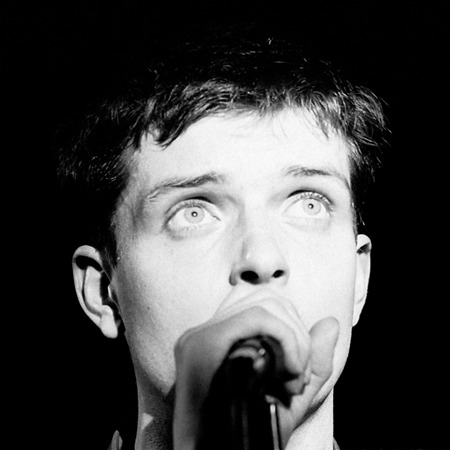How far does the impact of the films you have studied for this topic depend on distinctive uses of film technique?
Throughout the film, camera angles, framing and positioning are all used to portray the three characters and how they each have there own identity. After the three boys split in the narrative, they are brought back together when Vinz is waiting for them at the station. Said, in this shot is shown by the use of positioning and framing, to be the person who brings the three back together after the situations throughout the narrative cause them to split. The impact of this for me, is that the three characters are each representing a factor of the French Motto 'Liberté, égalité, fraternité. In the beginning sequence of this film, Vinz is shown to be the dominant figure of the group through positioning and framing. As the narrative develops, the positioning alters to show the different representations of the characters.
In this shot the use of mise en scene also carries deeper meanings. Above the three boys, there is a large clock. Throughout the film, time is a key motive in the sense that it is only a matter of time before something happens again i.e violence. Usually after a change in location or time, there is a straight cut to a digital clock on the screen showing the time, accompanied with the sound of a ticking clock. The impact from this is that the social issue at hand in France, is a re-occuring issue. It may disappear for brief parts throughout the film but it always resurfaces. This circular motion of re-occuring issues is similar to the way that the media circulates these problems through newspapers, TV etc. Time, a key motive of the film, also works in a circular motion, and is never ending. Personally I think that this circular motion represents the fact that these urban issues are never ending and shall keep resurfacing.
Thursday, 26 September 2013
Sunday, 15 September 2013
Interviews
Michael Pitt
MP: One of my biggest realizations is that, in not making it specifically about anyone or times or dates, he allowed people to look at a human being in that situation. And not like a rock icon. Someone that people already have, like, ideas about what they are in their heads, you know?
MP: Gus is just—Gus has no ego, and it's really easy to be friends, and we're interested in a lot of the same things. I mean, I love being around him and learning—I mean, he knows so much, you know?
G: What was it first about his work that captivated you from the outside as a viewer?
MP: I guess the fact that it was like a film that I had never seen before. You know, my first film that I saw of Gus's was Private Idaho, and I just remember—I just had never seen anything like that before on film, and I had watched a lot of films.
Gus Van Sant
How did Sonic Youth’s Thurston Moore become involved as music consultant? I needed to have somebody that knew the music scene. I met him at a few NYC gatherings and asked him to be a musical advisor on the film. For any and all questions on music, bands equipment and so on. I went over with him and brought Mike (Pitt) who brought his guitar and I remember he played a song.
At the film’s end we remain unsure exactly how Blake dies. Can you comment on that significant choice, to leave the matter open? When he (Blake) was looking up, it is sort of his revelation, whatever it may be. You see it from the tabloid point of view, just from the hillside and you’re not really part of it.
Finally, as used brilliantly in “Last Days,” there is “time-looping” device that also drives “Gerry” and “Elephant.”
Well, “Elephant” is one that has the most extensive and successful circling of time, because of those characters being so separate. We were attempting that same thing in “Last Days” but then we realized that Mike’s character, Blake, was so dominant that it was hard to go-off with other characters for really long periods of time.
Were there any favorite or affecting films that influenced “Last Days”?
One of the influences on all three films is Bela Tarr’s “Satantango.” Another is Chantal Akerman’s film “Jeanne Dielman” from 1975.
Monday, 9 September 2013
Control
''On 17 May 1980, two nights before Joy Division is due to depart for America, Ian returns home and begs Debbie not to divorce him. When she refuses, he angrily orders her out of the house. After drinking alone and writing Debbie a letter, he has another seizure. Regaining consciousness the following morning, he hangs himself from the clothes line in the kitchen. Debbie discovers his body and staggers into the street, crying for help. The news of Ian's death leaves the remaining Joy Division members stunned, while Tony consoles Annik. Ian's body is cremated.''

Last Days
Subscribe to:
Comments (Atom)




